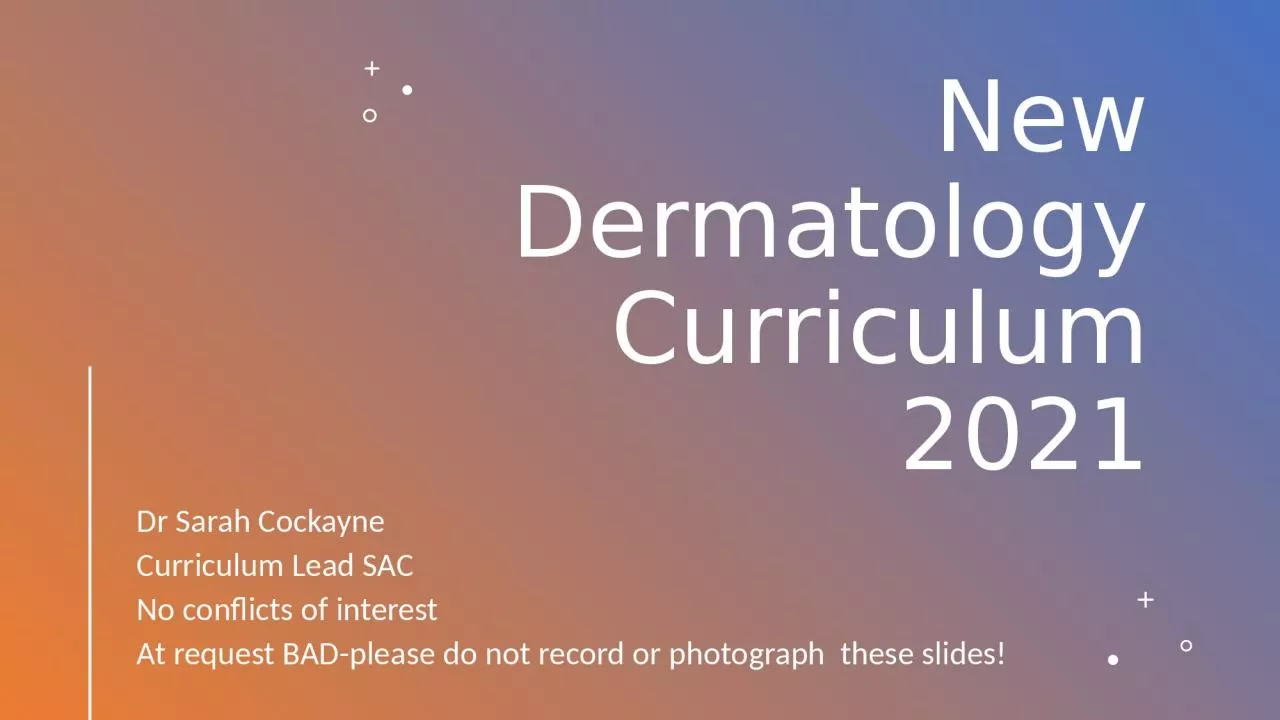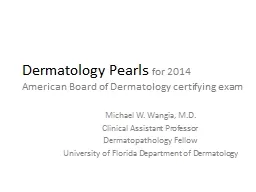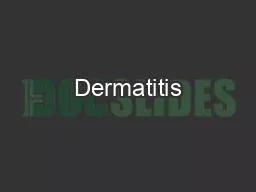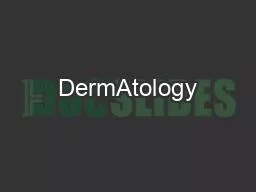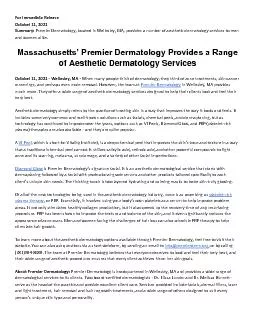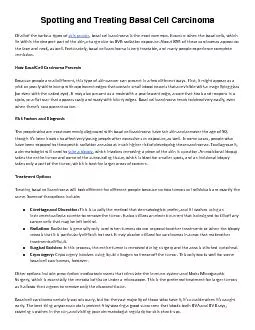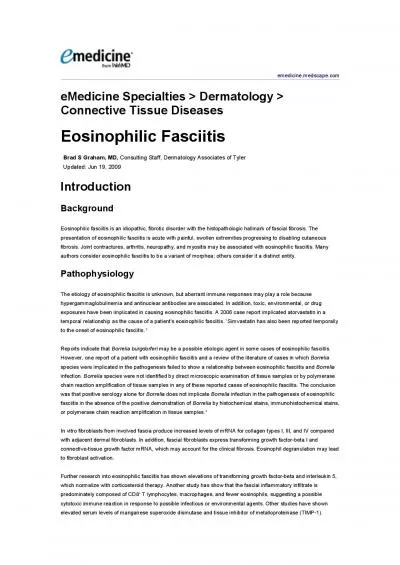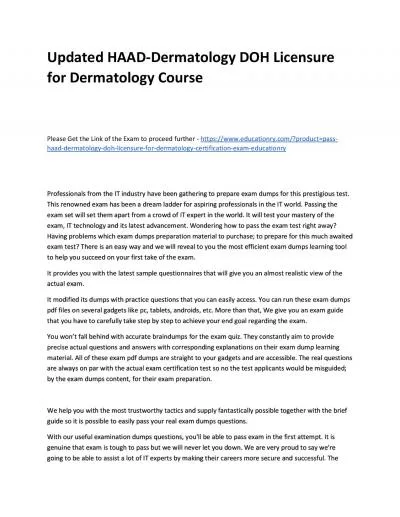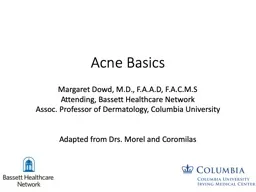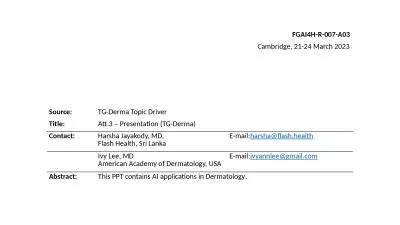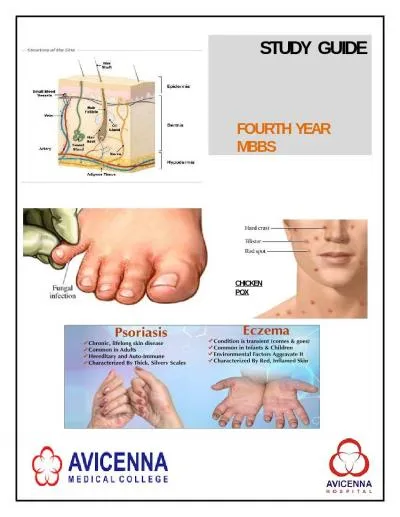PPT-New Dermatology Curriculum 2021
Author : catherine | Published Date : 2022-06-11
Dr Sarah Cockayne Curriculum Lead SAC No conflicts of interest At request BADplease do not record or photograph these slides Overview Definition curriculum Resources
Presentation Embed Code
Download Presentation
Download Presentation The PPT/PDF document "New Dermatology Curriculum 2021" is the property of its rightful owner. Permission is granted to download and print the materials on this website for personal, non-commercial use only, and to display it on your personal computer provided you do not modify the materials and that you retain all copyright notices contained in the materials. By downloading content from our website, you accept the terms of this agreement.
New Dermatology Curriculum 2021: Transcript
Download Rules Of Document
"New Dermatology Curriculum 2021"The content belongs to its owner. You may download and print it for personal use, without modification, and keep all copyright notices. By downloading, you agree to these terms.
Related Documents

